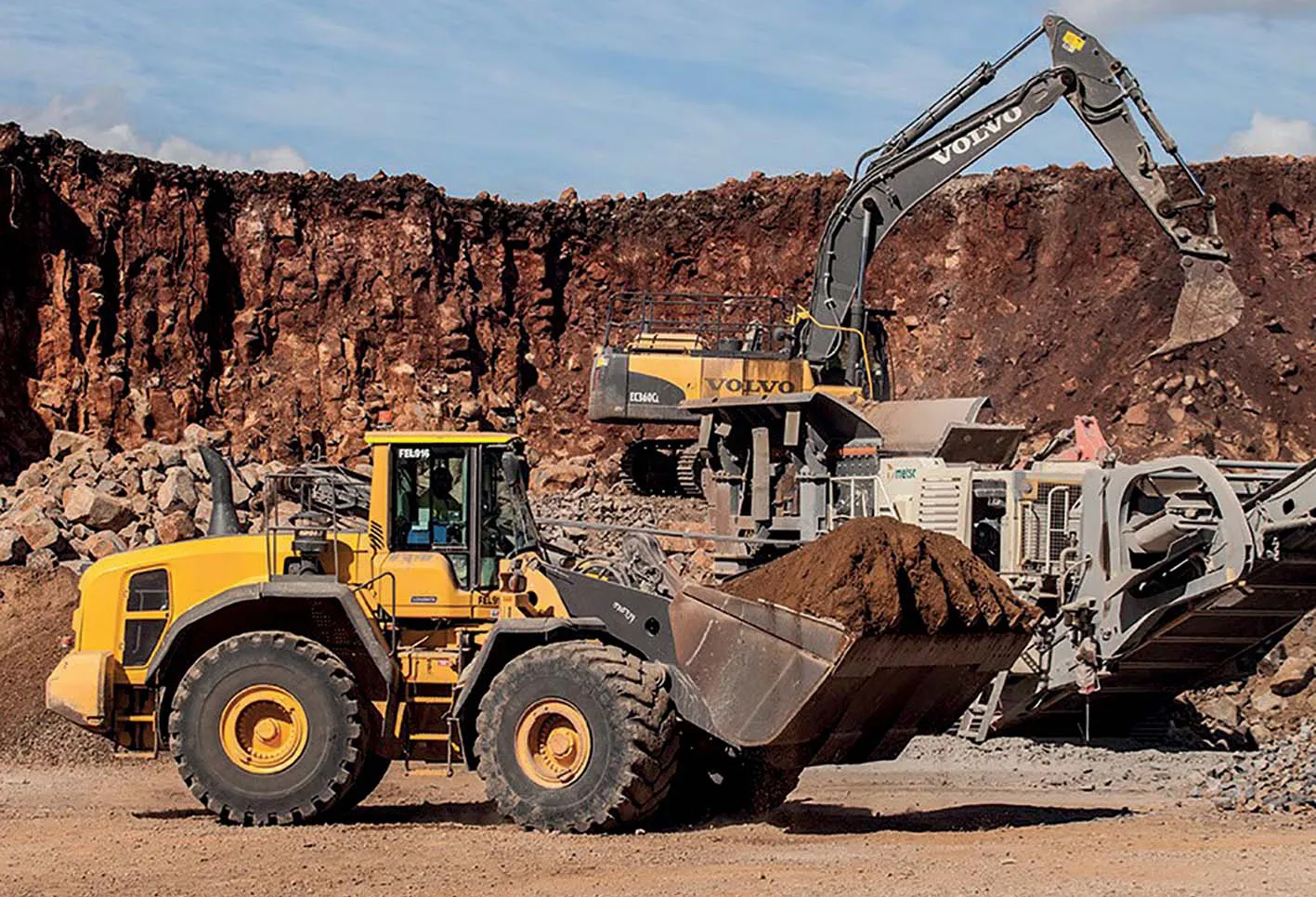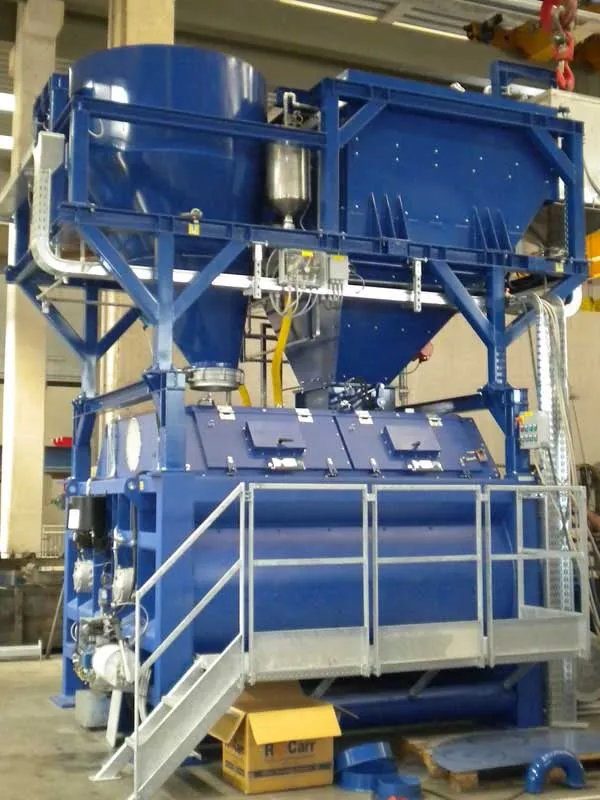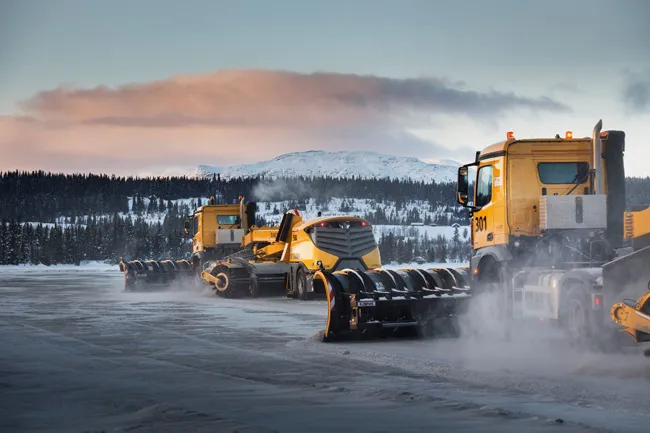The first new airport constructed in Australia for 45 years is now open for business. The Brisbane West Wellcamp Airport in Queensland is located 17km to the west of Toowomba. The facility was completed at the end of last year by Wagners, an Australian family-owned construction company. Toowoomba lies in the Darling Downs region of Queensland, located 126km west of Queensland’s capital city, Brisbane. Toowoomba’s population of approximately 165,000 makes it Australia’s second-most populous inland city.
T
August 18, 2015
Read time: 4 mins

The first new airport constructed in Australia for 45 years is now open for business. The Brisbane West Wellcamp Airport in Queensland is located 17km to the west of Toowomba. The facility was completed at the end of last year by Wagners, an Australian family-owned construction company. Toowoomba lies in the Darling Downs region of Queensland, located 126km west of Queensland’s capital city, Brisbane. Toowoomba’s population of approximately 165,000 makes it Australia’s second-most populous inland city.
The airport was built from scratch in just 18 months, from the initial earthmoving job to the first aircraft landing. And this is the first greenfield public airport to be built in the country since Tullamarine in Melbourne, more than 45 years ago.
Toowoomba-based Wagners worked quickly and efficiently, using a large fleet of machinery with many of the units having been supplied by359 Volvo CE. To complete the facility within a tight project schedule the firm worked 24 hours/day, seven days/week in two 12-hour shifts.
All of the construction materials for the project came from the site, while Wagners also crushed the gravel and aggregate for the concrete and asphalt. To achieve its goal the firm needed 350,000 truckloads, travelling in and out of the site. And the firm added that, commercially, the project would have been less attractive if it did not have that material already available to use.
Rock was blasted, excavated and moved to make way for a 45m-wide, by 2.87km long runway. In the centre of the site a concrete plant produced the estimated 26,000m3 of material needed for the project.
An innovative feature of the project was that all of the concrete used for the aircraft pavement was the company’s own product, Earth Friendly Concrete (EFC). This is a concrete type that contains no cement and the facility is the first airport in the world to be built using EFC according to Wagners.
Because of the use of the EFC material, the contractor was able to cut its carbon emissions by 6,600tonnes and the use of the material was a key feature of the airport project. The firm has developed the innovative EFC itself and claimed that the material offers high durability and performance. This concrete is a geopolymer concrete that does not use Portland cement. Instead EFC features a geopolymer binder that is made from the chemical activation of two industrial wastes, blast furnace slag from iron production and fly ash from coal-fired power generation. Using this waste material from industrial processes removes the need for the energy-intensive process of cement production, reducing carbon emissions for the concrete production by 80-90%.
The firm adds that EFC is a high-performance material, too, and offers good resistance to common forms of concrete degradation due to the different chemistry of the geopolymer binder. In particular, EFC offers high sulphate resistance, high chloride ion ingress resistance, high acid resistance, very low shrinkage and very low heat of reaction.
The Volvo L90F-Series wheel loader deposited the EFC into the concrete batching plant, where it was then discharged. The site also used 46tonne Volvo excavators, as well as wheel loaders ranging from L90s up to L220s – and A40FSeries articulated haulers on a daily basis.
Now that the facility is complete, the airport will handle passengers from Toowoomba and the Darling Downs. There are about 334,000 people living in the airport’s catchment area and the airport expects about 500,000 passengers/year. But as there are only 13 houses within a 3km radius of the runway, the impact on the local community is minimal. Privately funded by Wagners, Brisbane West Wellcamp will be Australia’s first public airport constructed without government assistance.
Prior to its redevelopment as a Code E facility capable of accommodating up to aircraft as large as a Boeing 747, the 2,000ha property at Wellcamp was used for cattle-grazing. About 150 Wagners employees worked on the project and an estimated 10 million tons of earth was moved in total.
The airport was built from scratch in just 18 months, from the initial earthmoving job to the first aircraft landing. And this is the first greenfield public airport to be built in the country since Tullamarine in Melbourne, more than 45 years ago.
Toowoomba-based Wagners worked quickly and efficiently, using a large fleet of machinery with many of the units having been supplied by
All of the construction materials for the project came from the site, while Wagners also crushed the gravel and aggregate for the concrete and asphalt. To achieve its goal the firm needed 350,000 truckloads, travelling in and out of the site. And the firm added that, commercially, the project would have been less attractive if it did not have that material already available to use.
Rock was blasted, excavated and moved to make way for a 45m-wide, by 2.87km long runway. In the centre of the site a concrete plant produced the estimated 26,000m3 of material needed for the project.
An innovative feature of the project was that all of the concrete used for the aircraft pavement was the company’s own product, Earth Friendly Concrete (EFC). This is a concrete type that contains no cement and the facility is the first airport in the world to be built using EFC according to Wagners.
Because of the use of the EFC material, the contractor was able to cut its carbon emissions by 6,600tonnes and the use of the material was a key feature of the airport project. The firm has developed the innovative EFC itself and claimed that the material offers high durability and performance. This concrete is a geopolymer concrete that does not use Portland cement. Instead EFC features a geopolymer binder that is made from the chemical activation of two industrial wastes, blast furnace slag from iron production and fly ash from coal-fired power generation. Using this waste material from industrial processes removes the need for the energy-intensive process of cement production, reducing carbon emissions for the concrete production by 80-90%.
The firm adds that EFC is a high-performance material, too, and offers good resistance to common forms of concrete degradation due to the different chemistry of the geopolymer binder. In particular, EFC offers high sulphate resistance, high chloride ion ingress resistance, high acid resistance, very low shrinkage and very low heat of reaction.
The Volvo L90F-Series wheel loader deposited the EFC into the concrete batching plant, where it was then discharged. The site also used 46tonne Volvo excavators, as well as wheel loaders ranging from L90s up to L220s – and A40FSeries articulated haulers on a daily basis.
Now that the facility is complete, the airport will handle passengers from Toowoomba and the Darling Downs. There are about 334,000 people living in the airport’s catchment area and the airport expects about 500,000 passengers/year. But as there are only 13 houses within a 3km radius of the runway, the impact on the local community is minimal. Privately funded by Wagners, Brisbane West Wellcamp will be Australia’s first public airport constructed without government assistance.
Prior to its redevelopment as a Code E facility capable of accommodating up to aircraft as large as a Boeing 747, the 2,000ha property at Wellcamp was used for cattle-grazing. About 150 Wagners employees worked on the project and an estimated 10 million tons of earth was moved in total.









